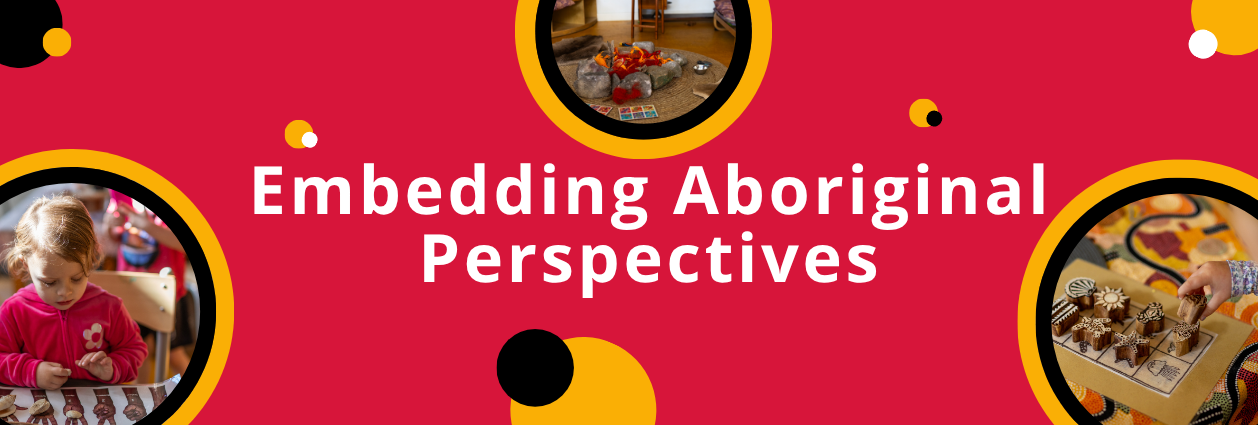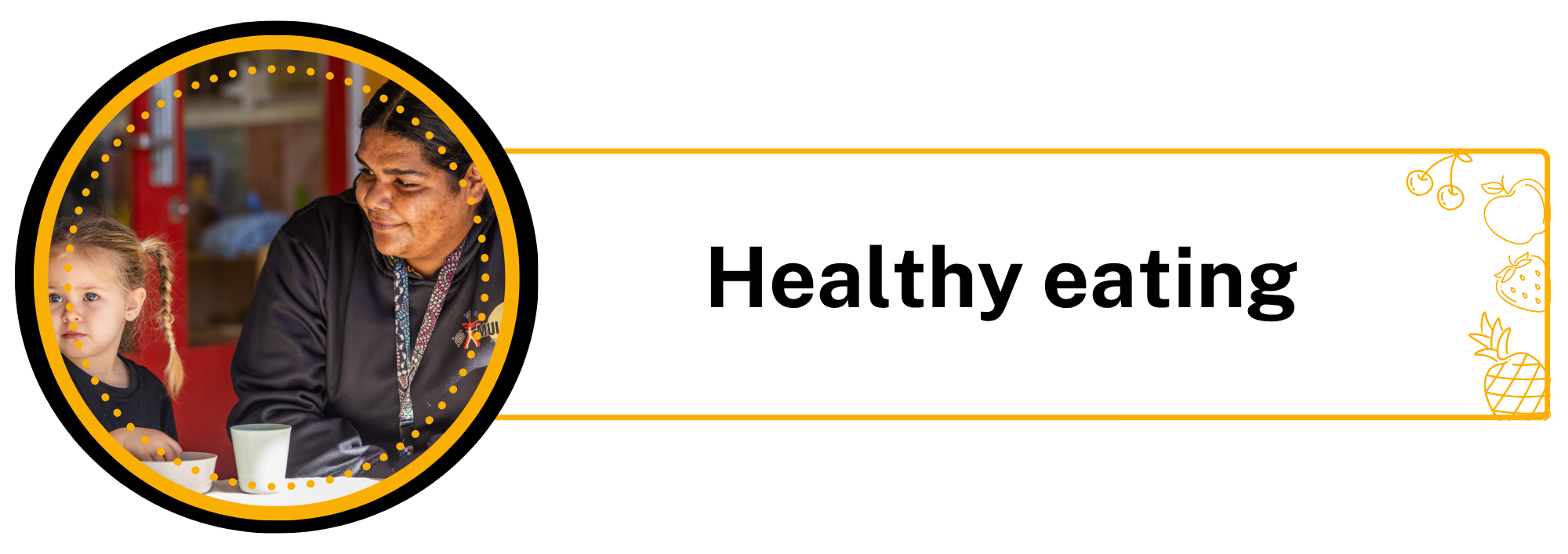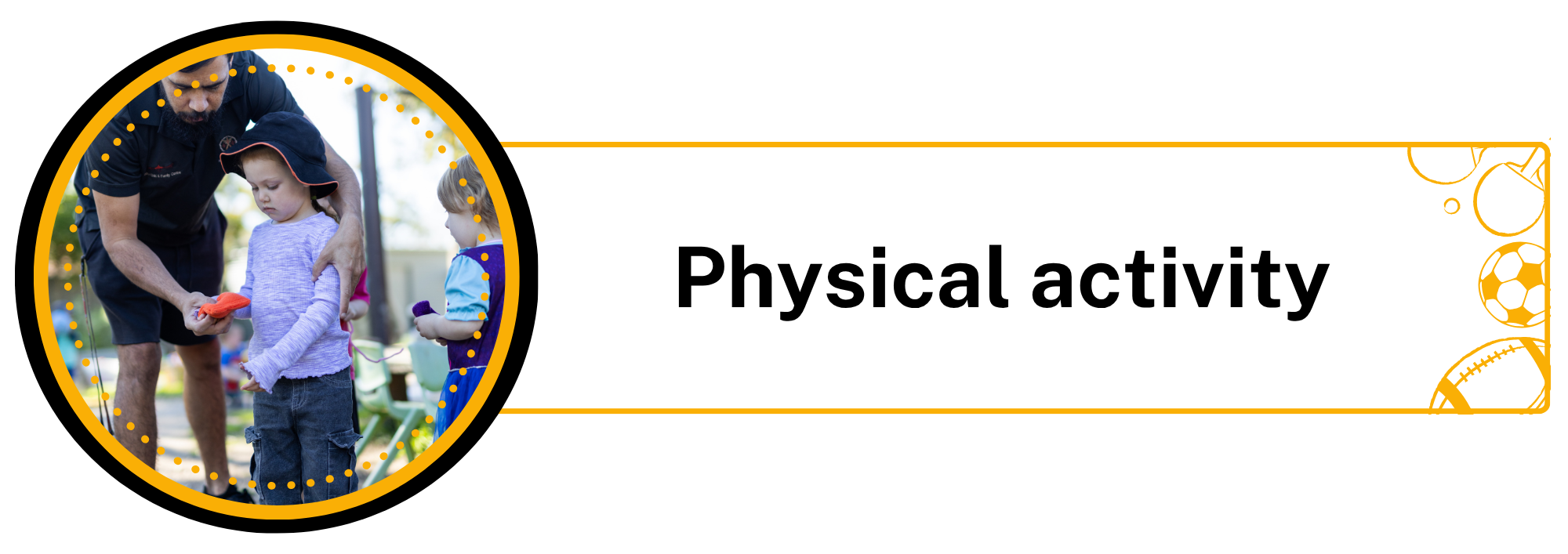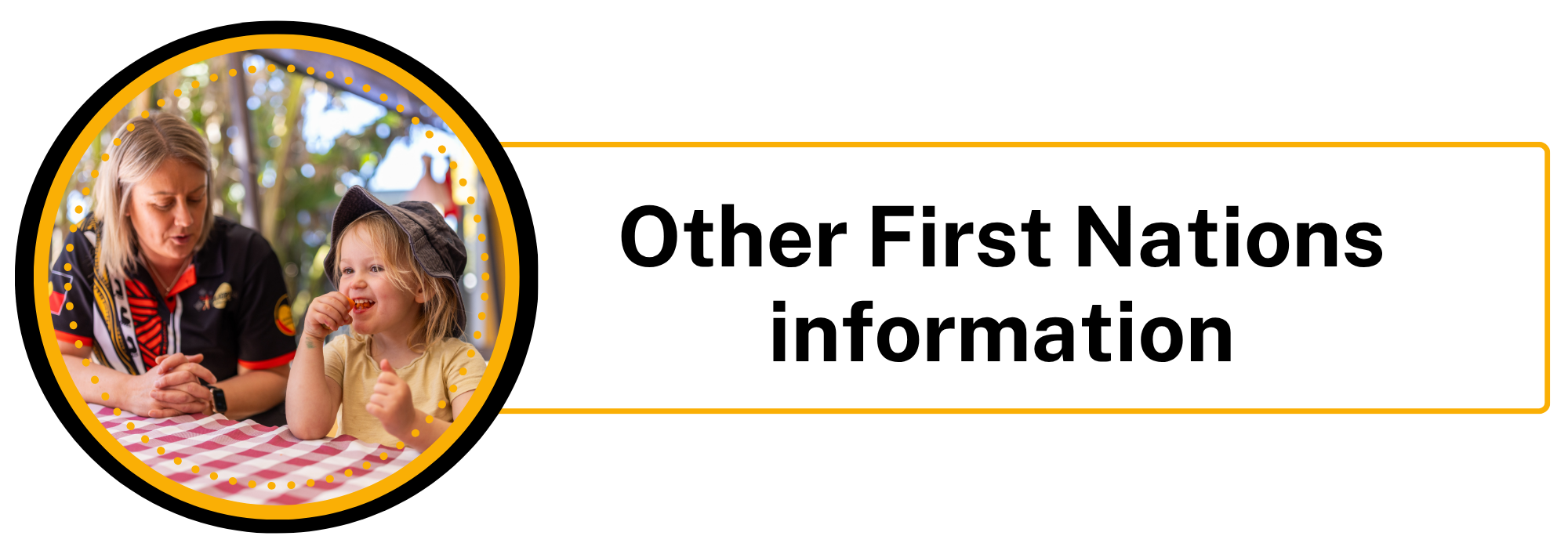- MUNCH & MOVE
- HEALTHY EATING
- PHYSICAL ACTIVITY
- SCREEN TIME
- POLICIES AND MONITORING
- PROFESSIONAL DEVELOPMENT
- NEWSLETTER AND SNIPPETS
- EMBEDDING ABORIGINAL PERSPECTIVES
- CONTACT US
A Guide for Early Childcare Services

The Good for Kids team has gathered resources to help Early Childhood Education and Care Services integrate Aboriginal perspectives into the Munch & Move program. We’ve drawn on local Aboriginal knowledge, as well as trusted Aboriginal and Torres Strait Islander organisations. We encourage services to build partnerships with local Aboriginal communities to deepen understanding of their values and practices, enriching teaching and interactions. These resources provide a starting point for embedding Aboriginal perspectives respectfully. Additionally, we are forming strategic partnerships between the Hunter New England Local Health District, local services, and Aboriginal organisations to strengthen this work.
Embedding Aboriginal perspectives benefits all children—helping Aboriginal children connect with their identity and wellbeing, and fostering respect and understanding in non-Aboriginal children.
This guide was developed under the leadership of Dr Chontel Gibson, a Kamilaroi woman, in collaboration with Health Promotion Officers. We also acknowledge and thank the members of the Aboriginal ECEC network meetings for their valuable contributions to the development of these resources.



